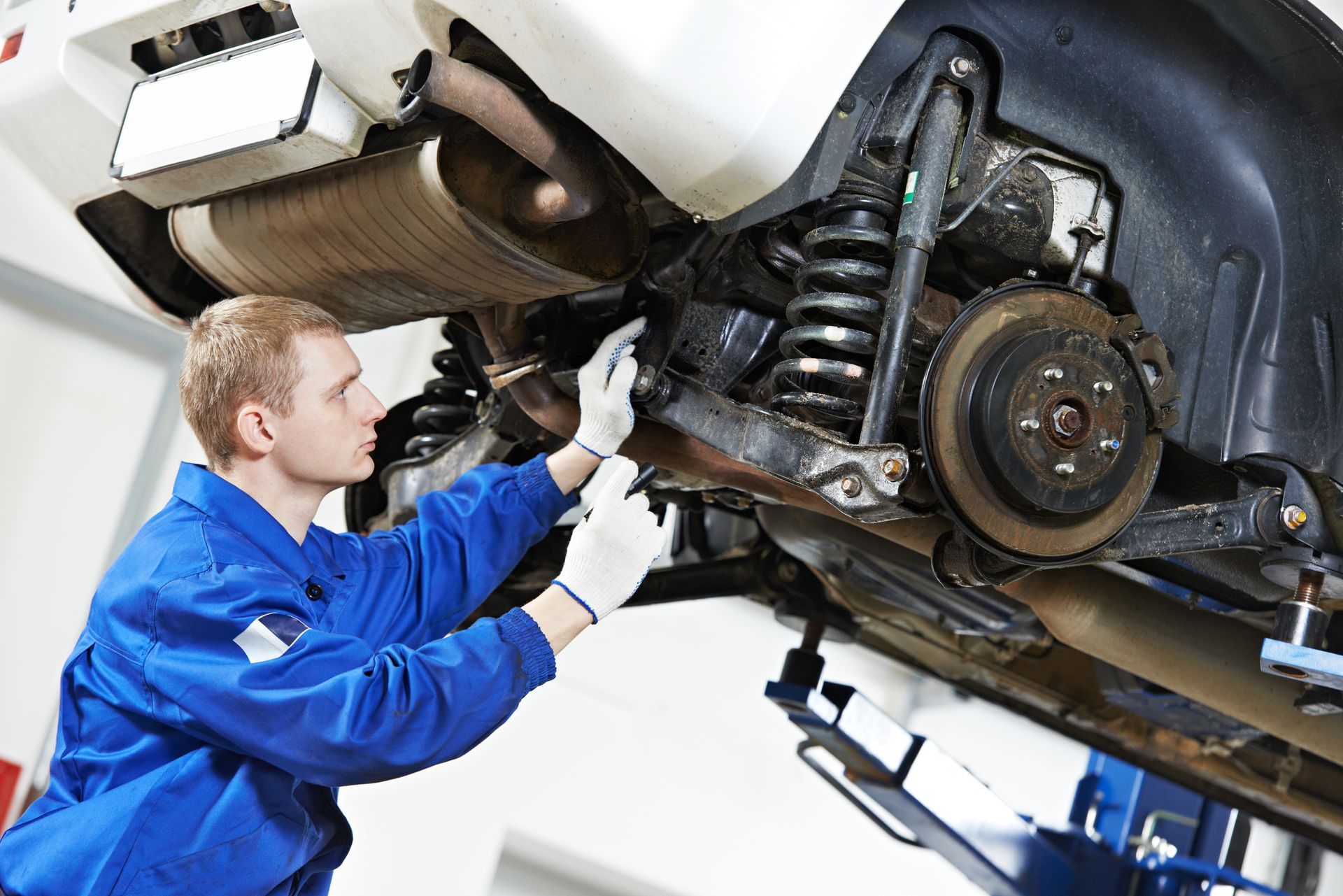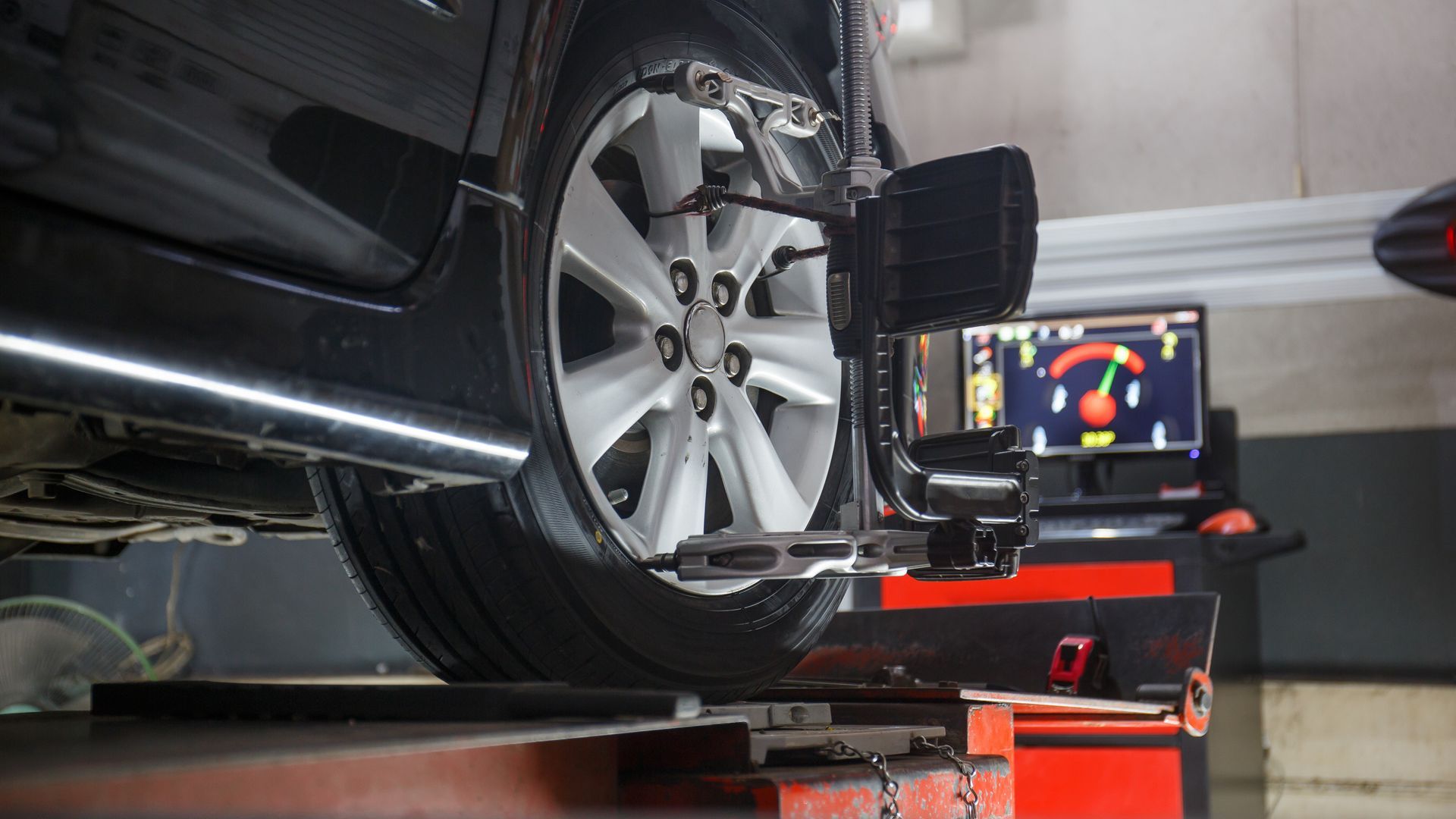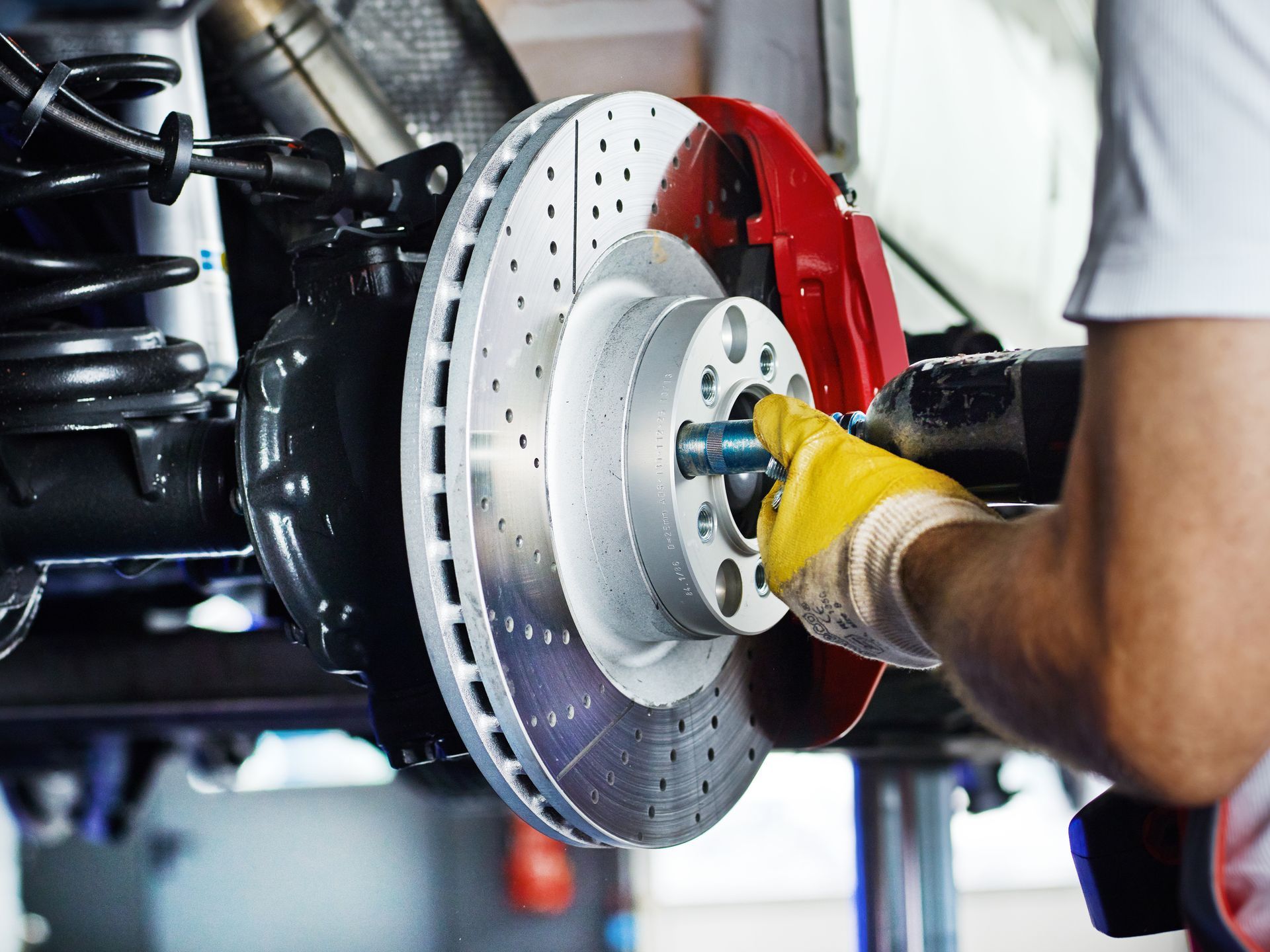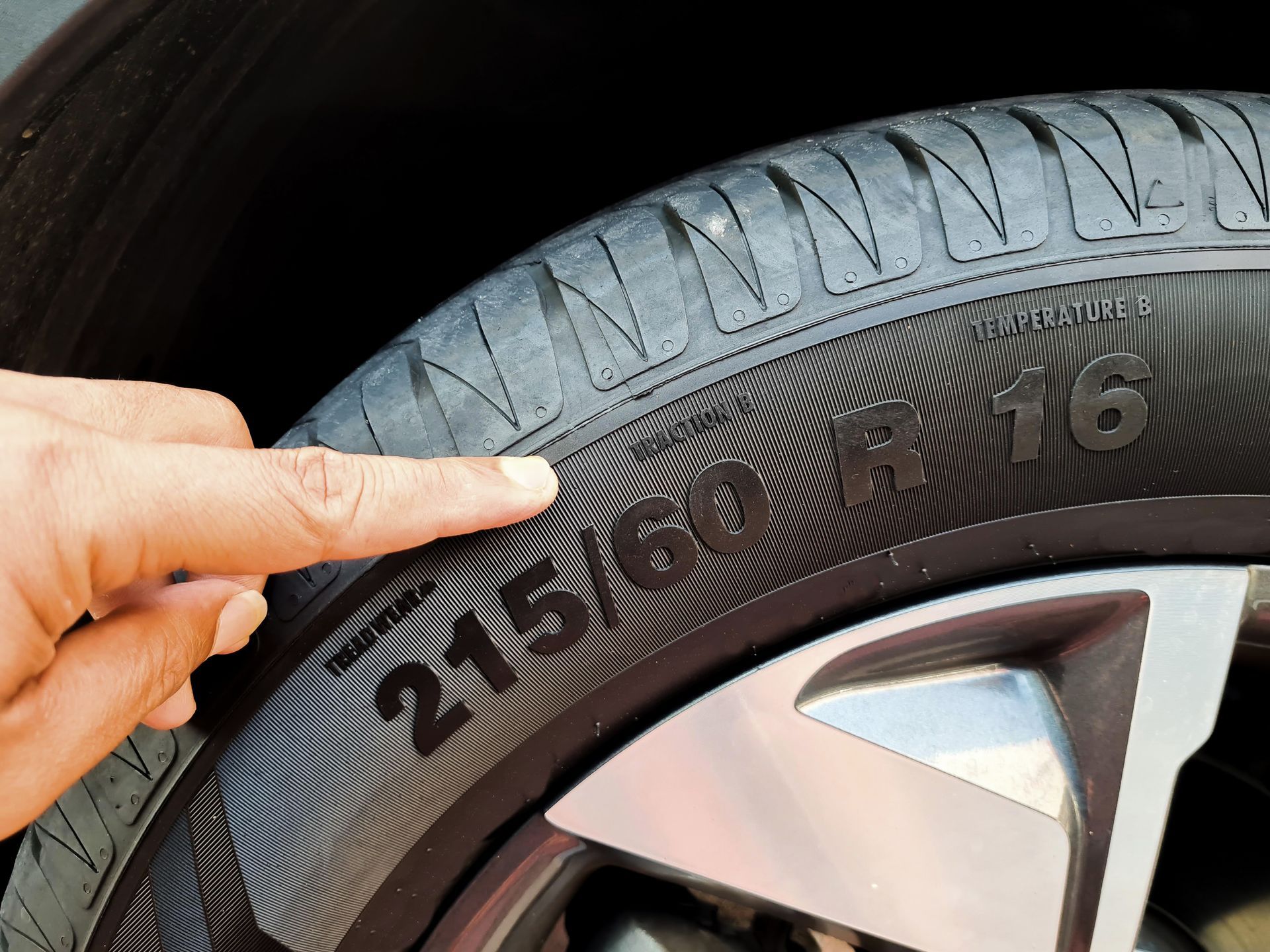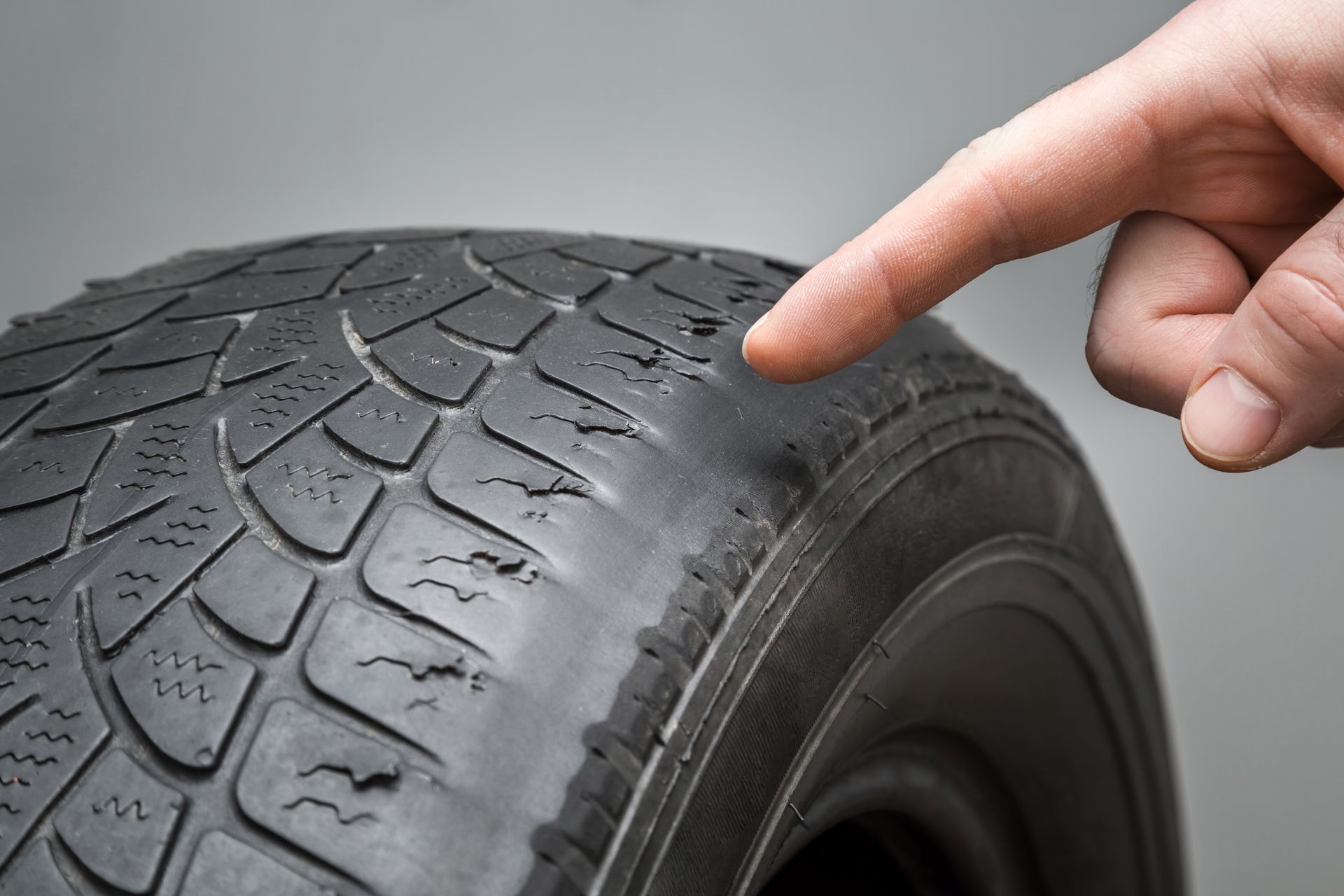Finding a tire low on air with no visible puncture or damage can be frustrating. You top it off, drive for a while, and a few days later it’s low again. No nails, blowout, or obvious cause, so what’s going on?
Tires can lose air for several reasons that aren’t immediately obvious. Some of them are slow and subtle, while others can go unnoticed until your tire pressure monitoring system (TPMS) gives you a warning. If you're dealing with a tire that keeps deflating, here's what might be happening beneath the surface.
Slow Leaks Can Be Hard to Detect
A slow leak is one of the most common reasons for mysterious air loss. Unlike a typical puncture that causes rapid deflation, slow leaks often come from smaller punctures, cracks, or deteriorated components that let air escape gradually.
Common slow-leak sources include:
- A tiny nail or screw embedded at an angle
- Cracks in the sidewall or tread area
- Valve stem damage or aging
- Bead leaks where the tire meets the rim
Because slow leaks don’t always leave visible signs, they can persist for weeks or months before they become noticeable.
Valve Stem Issues Are Often Overlooked
The valve stem is where air goes in and, hopefully, stays in. Over time, rubber valve stems can crack or dry out, especially in hot, dry climates like Wickenburg. Even metal valve stems can corrode or leak around the base.
In some cases, the valve core (inside the stem) may be loose or faulty, allowing air to seep out slowly. If your tire loses air without a clear puncture, having the valve stem checked is a smart first step.
Temperature Fluctuations Cause Pressure Swings
Tire pressure naturally changes with temperature. For every 10-degree drop in ambient temperature, you can lose about one to two PSI (pounds per square inch) of pressure. That’s why your tire warning light might come on after a chilly desert night, even if everything was fine the day before.
While this pressure change isn’t a leak, it can highlight a tire that’s already on the verge of being underinflated. If your tire is just barely sealed or has a minor flaw, colder temperatures can push it over the edge.
Bead Leaks From Damaged or Corroded Wheels
The bead is the edge of the tire that seals against the rim. Over time, dirt, corrosion, or small imperfections in the wheel surface can create tiny gaps that allow air to escape.
Aluminum wheels, which are common on many modern vehicles, are particularly prone to corrosion that starts around the bead area. These leaks are often slow but persistent and require fixing the rim surface or resealing the bead.
Internal Damage Can Cause Air Loss Without Warning
Sometimes the problem isn’t on the outside of the tire. Internal damage from hitting a curb, pothole, or road debris can cause a separation inside the tire structure that allows air to slowly leak out. This kind of damage doesn’t always show up visually and might not be detected until the tire is removed and inspected from the inside.
If you’ve hit something hard recently and your tire started deflating afterward, internal damage could be to blame.
Wickenburg Tire Center – Expert Tire Inspections and Repairs in Wickenburg, AZ
At
Wickenburg Tire Center, we know how frustrating a slow tire leak can be, especially when you can't find the cause. Whether it’s a valve stem issue, a hidden puncture, or a rim leak, our technicians are here to find the cause. Stop by for a complete tire inspection, and let us keep your tires properly inflated, safe, and ready for every mile ahead.



